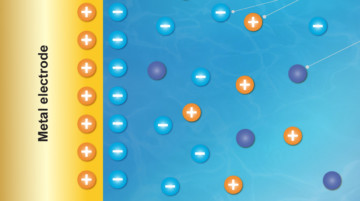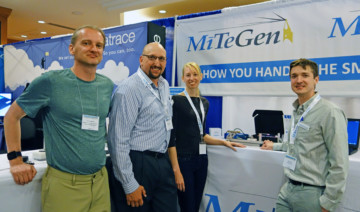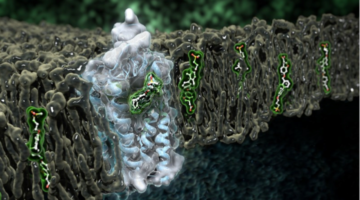In a first-of-its-kind experiment, ALS researchers demonstrated a new, direct way to study the inner workings of a phenomenon in chemistry known as an “electrochemical double layer” that forms where liquids meet solids—where battery fluid meets an electrode, for example. Read more »![]()
![]()
ALS Beamstop Device an R&D 100 Finalist
A beamstop device recently developed at the ALS has successfully combined two essential crystallographic functions–capturing the damaging portion of the beam while simultaneously monitoring its intensity–into a single miniaturized package. The technology has been licensed and launched commercially and is also a finalist for an R&D 100 Award. Read more »![]()
Takeda Advances Diabetes Drug Development at the ALS
Type 2 diabetes mellitus (T2DM), characterized by abnormally high blood glucose levels, affects hundreds of millions of people worldwide. In the pursuit to better treat this disease, the human receptor protein GPR40 has been identified by pharmaceutical company Takeda as a potential new drug target.
Genentech Uses ALS Crystallography for Therapeutic Antibody Research
Genentech has developed a unique one-armed antibody, onartuzumab, which is now in late-stage clinical trials in multiple cancer types. The company used crystal structures obtained at ALS Beamline 5.0.2 to demonstrate the mechanism of action of this unique potentially therapeutic antibody. Read more »![]()
![]()
- « Previous Page
- 1
- …
- 5
- 6
- 7



